Photographer Philippe Glade captures the ephemeral architecture of Burning Man
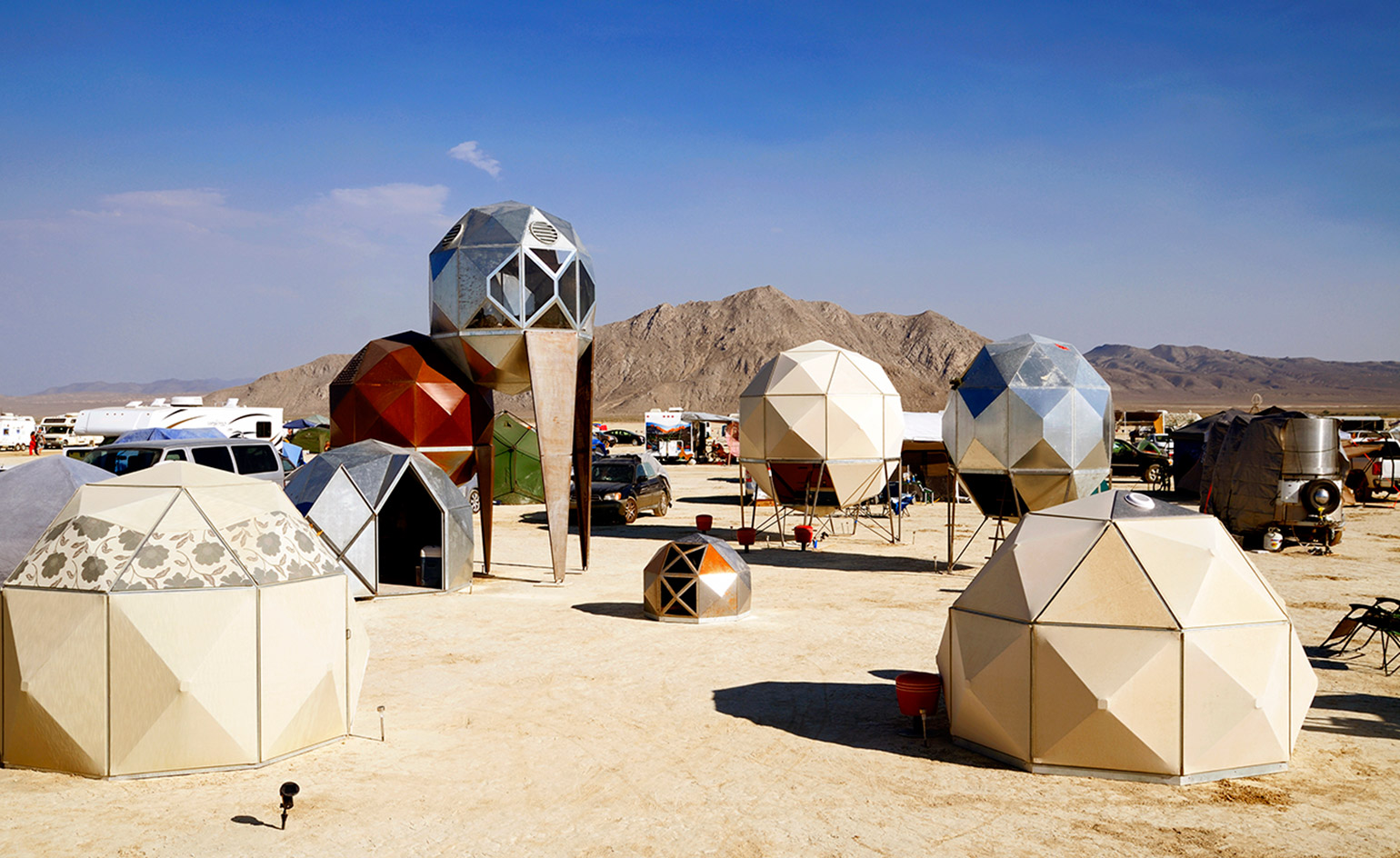
With winds of more than 40 mph, a scorching, unrelenting sun, and freezing nocturnal temperatures, the desert is one of the most challenging conditions to build in. Yet despite the gruelling conditions, the desert has seen some of the most innovative and compelling designs — and nowhere has produced so many ideas for alternative desert survival as Nevada’s Burning Man festival.
Philippe Glade’s love affair with the desert began with an unconventional adventure 17 years ago. ‘In 1990, as a dare with friends, I was in a convoy of Peugeot 504's that crossed the Sahara from the north of France, selling the cars in Niger — where at the time there was a big demand for these sturdy cars.’ A few years and a few similarly dusty road trips in Africa and India, usually accompanied by a Brian Eno soundtrack, the photographer wound up in California.
Struck by an image on a flyer he had seen in San Francisco advertising a little known festival called Burning Man, the familiar feeling of adventure came flooding back. ‘48 hours later with a rental I was driving solo, again, on the long stretch of road 447 going up north to Nevada to a place I didn't know anything about.’ Glade recalls.
‘After 7 hours a sign on the road invited you to drive on a vast expense of dried mud. Coming from nowhere, a “greeter”, covered with dust, asked for my ticket ($35 at the time) and gave me the directions: drive straight 10 miles and then make a 90 degree turn, and drive 4 miles and you will find the place.’
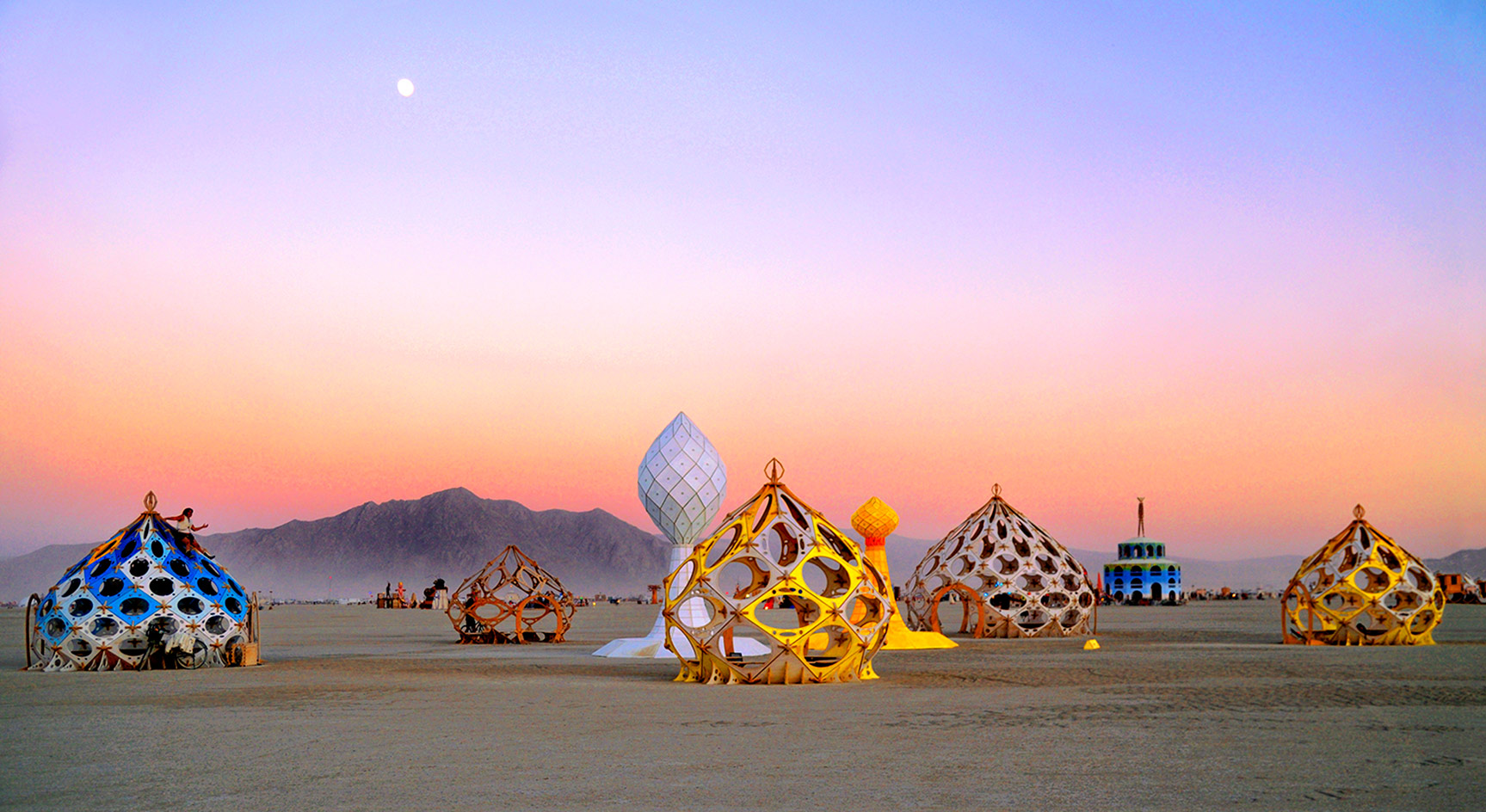
Zonotopia and the three trees, designed by Rob Bell, and photographed by Philippe Glade
It was 1996 and Glade had reached Burning Man in Black Rock City, Nevada, the urban utopia constructed temporarily in the middle of the desert. First held in 1986, Burning Man has its roots in a bonfire ritual organised by a group of friends in San Francisco and is known today as a radical annual gathering of experimental self-expression, selflessness and radical thinking — demonstrated in the art and architecture participants build there every year, with a strict policy that no trace must be left after the event.
‘It was three days of bewilderment, “only in America”, crazy installations and behaviours. Glade says of his first Burning Man experience. ‘Back in one piece, covered in dust, and with 10 rolls of film, I was already planning for next year. I was hooked. Still am.’
Glade has visited Burning Man every year since — but rather than capturing the human happenings at the festival, by now well-documented by the press, (half-naked, half-costumed bodies staggering across the barren landscape) Glade decided to focus his lens on the camps themselves: ‘the structures, the urban planning the streets, how people deal with extremely harsh living conditions while leaving no trace at the end.’
Glade has now compiled his ongoing photographic document of Black Rock City’s vernacular architecture into a book — The New Ephemeral Architecture of Burning Man, published by Real Paper Books.
‘Every image in the book has a function, it illustrates a technic, a particular design, there is no filler, no gratuitous picture; I tried in the limit of the subject to show as much as possible of the city I belong to.’
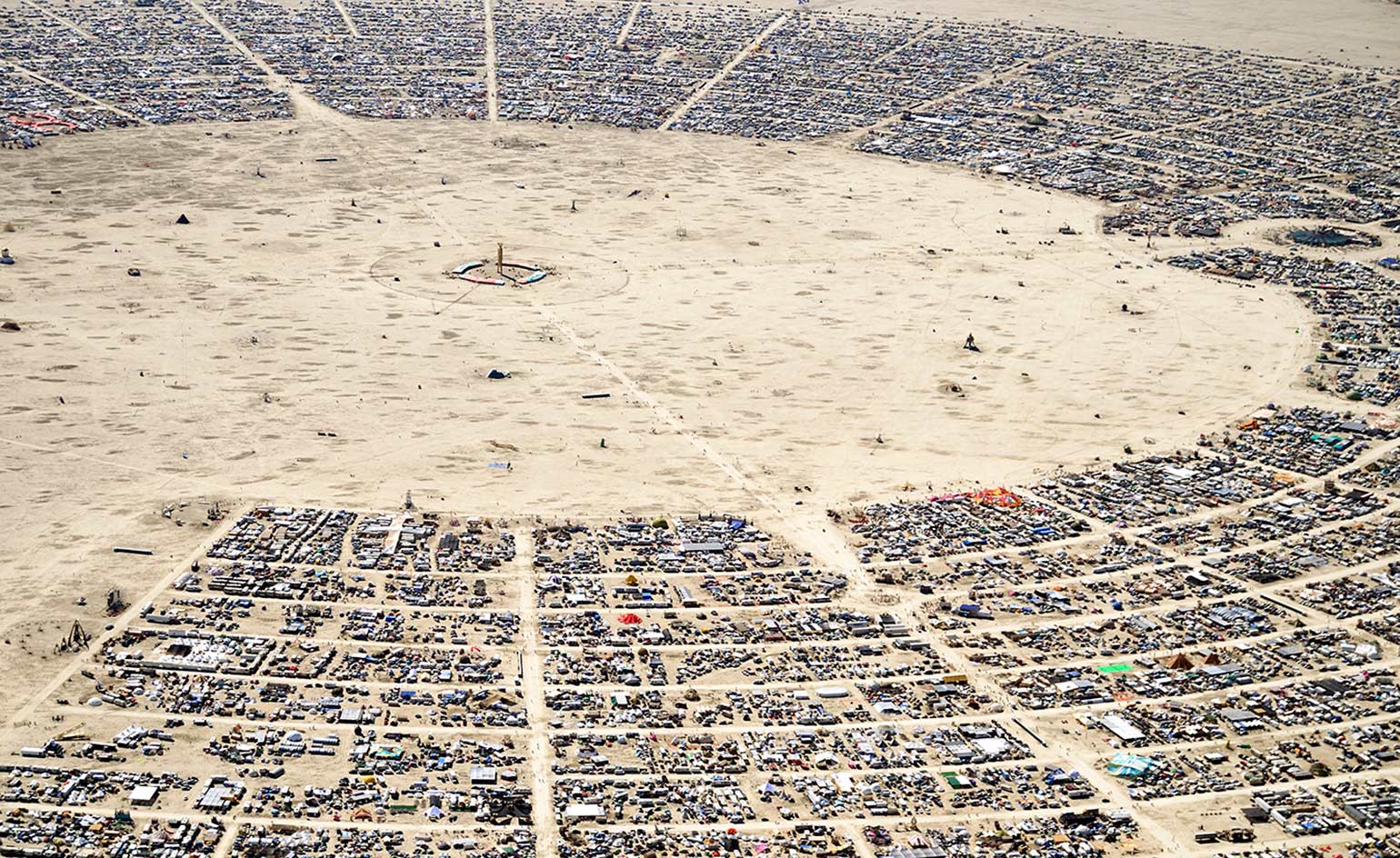
Aerial view of the Playa
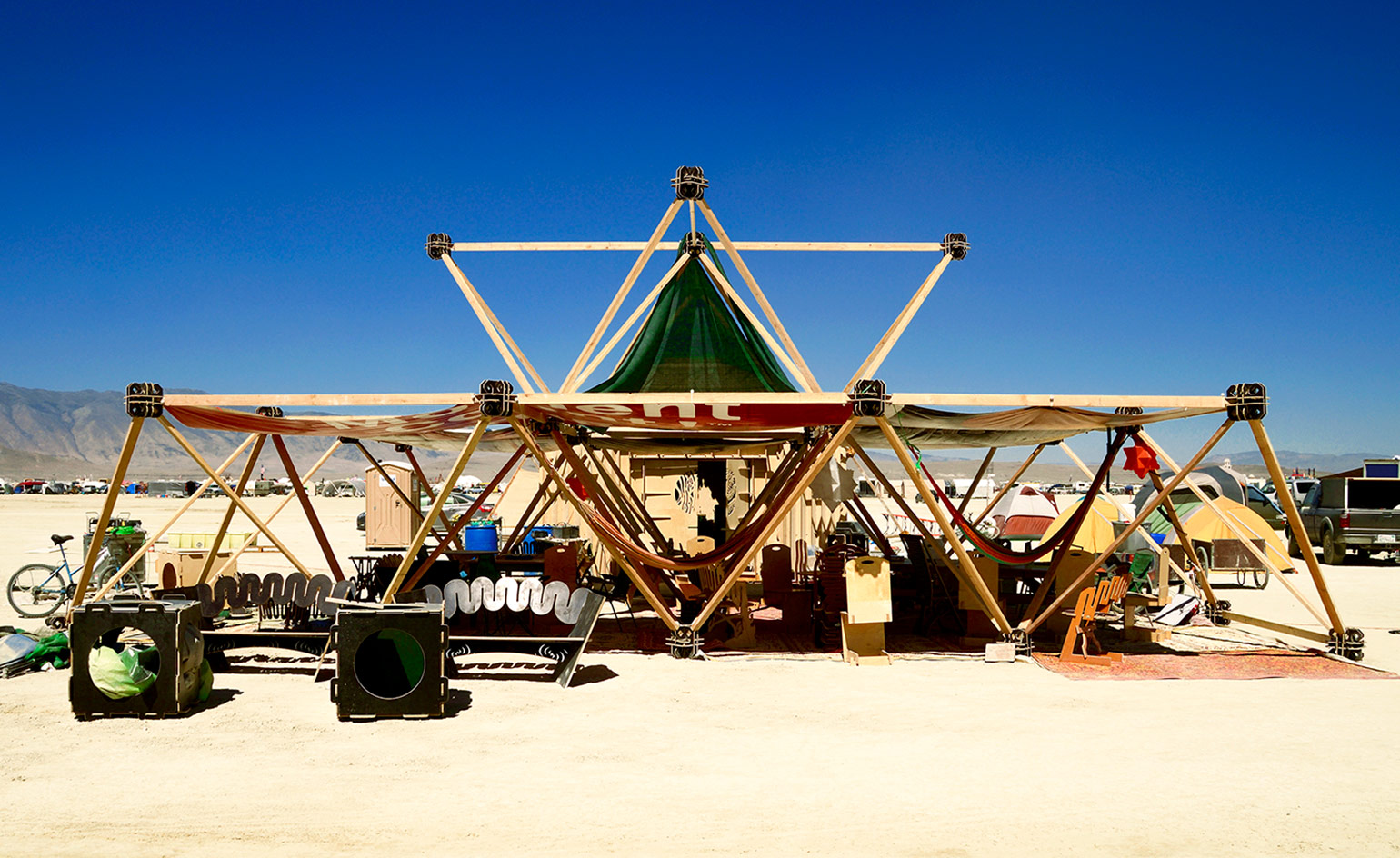
The Gregg Fleishman Camp
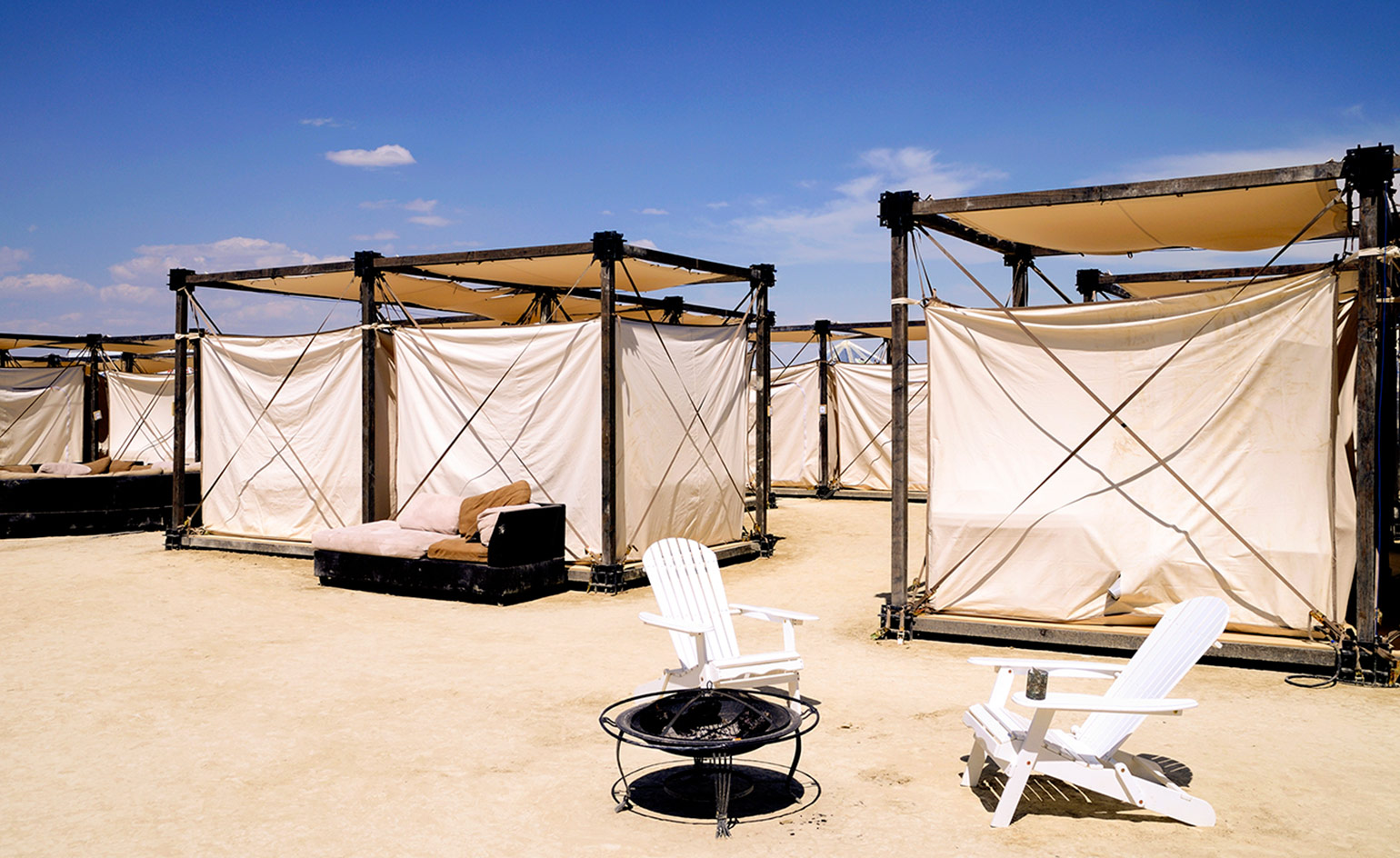
The 'Caravan cycle' settlement
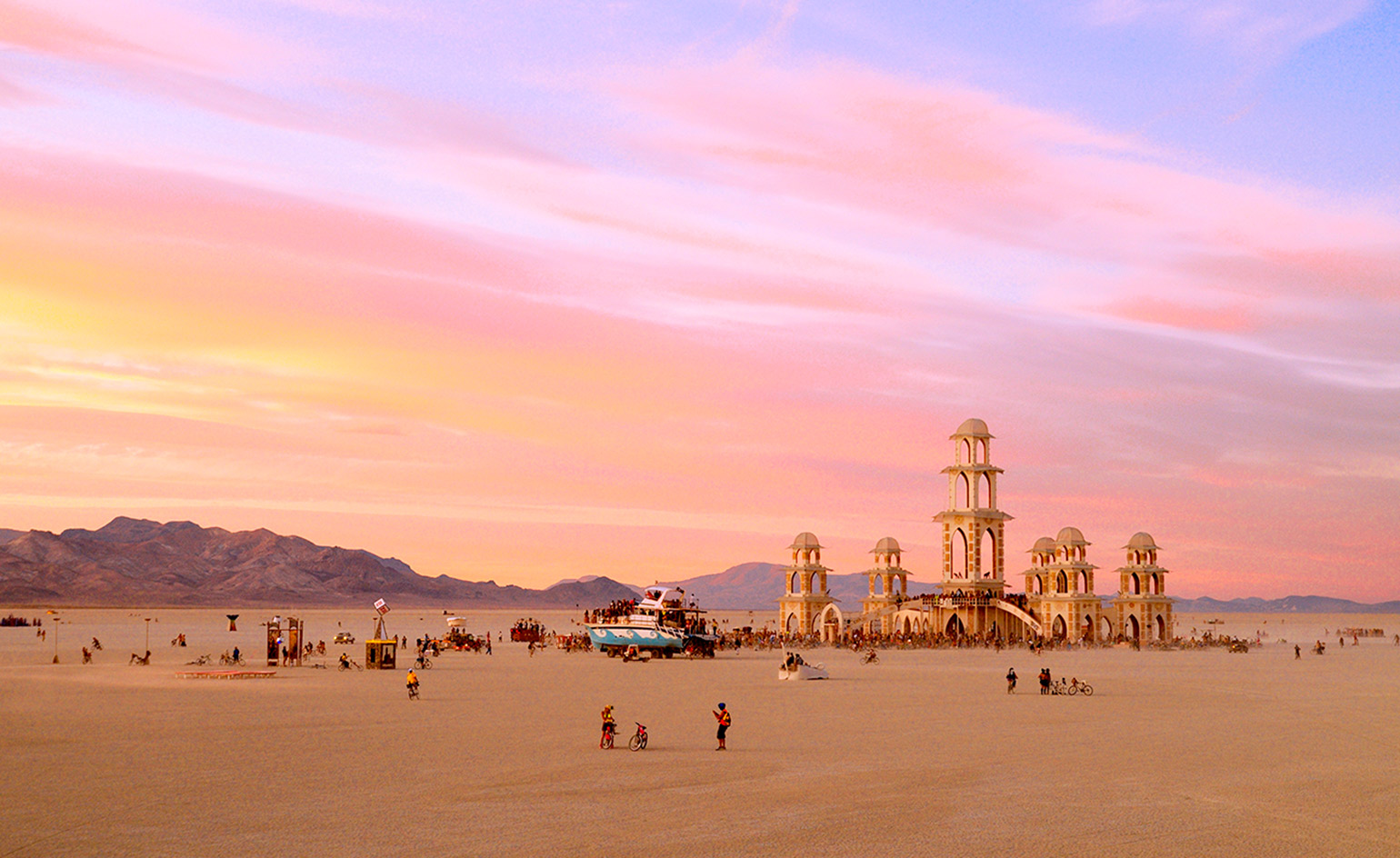
The Temple at Burning Man at sunset
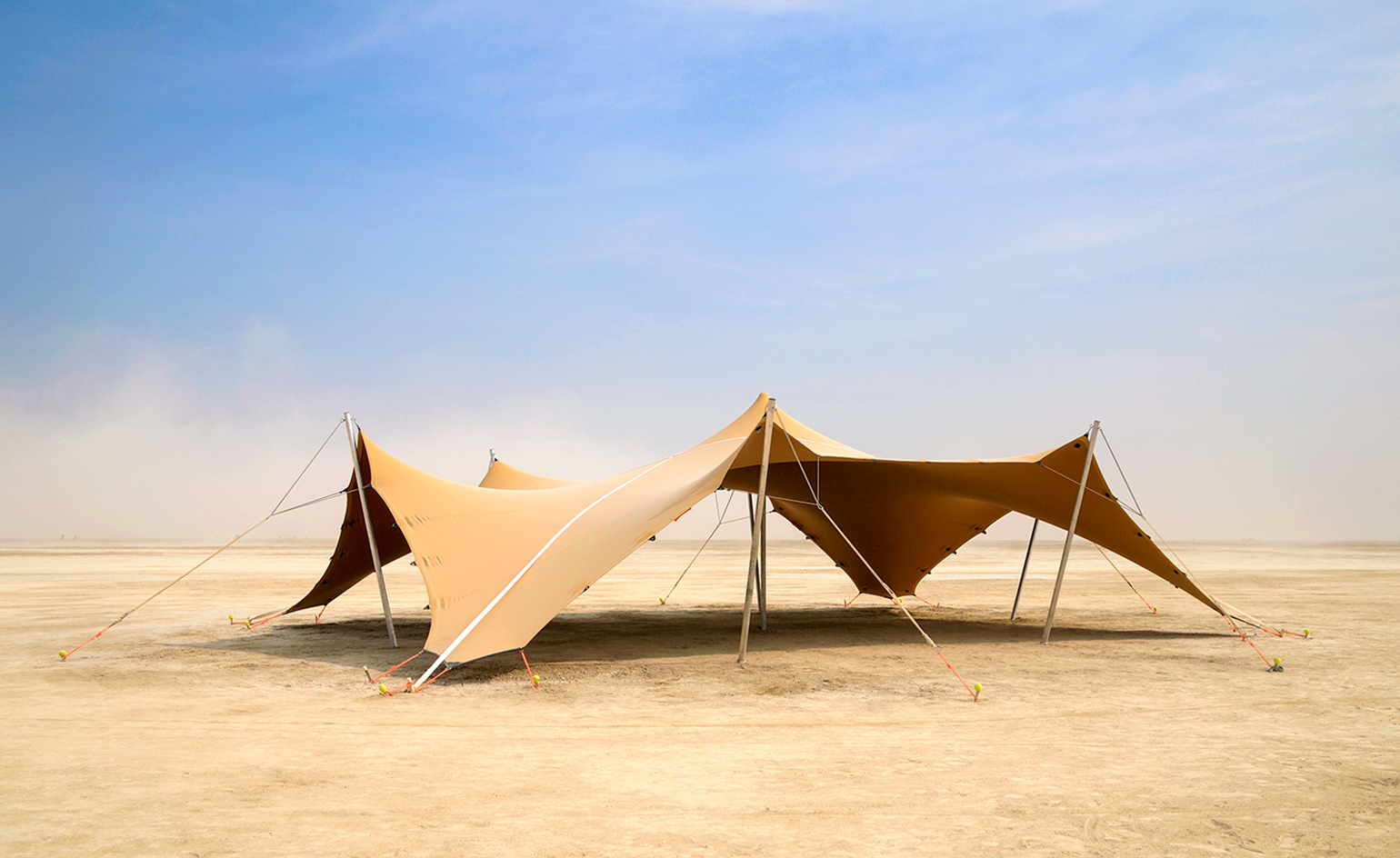
The 'Stretch' tent pitched up in the Nevada desert
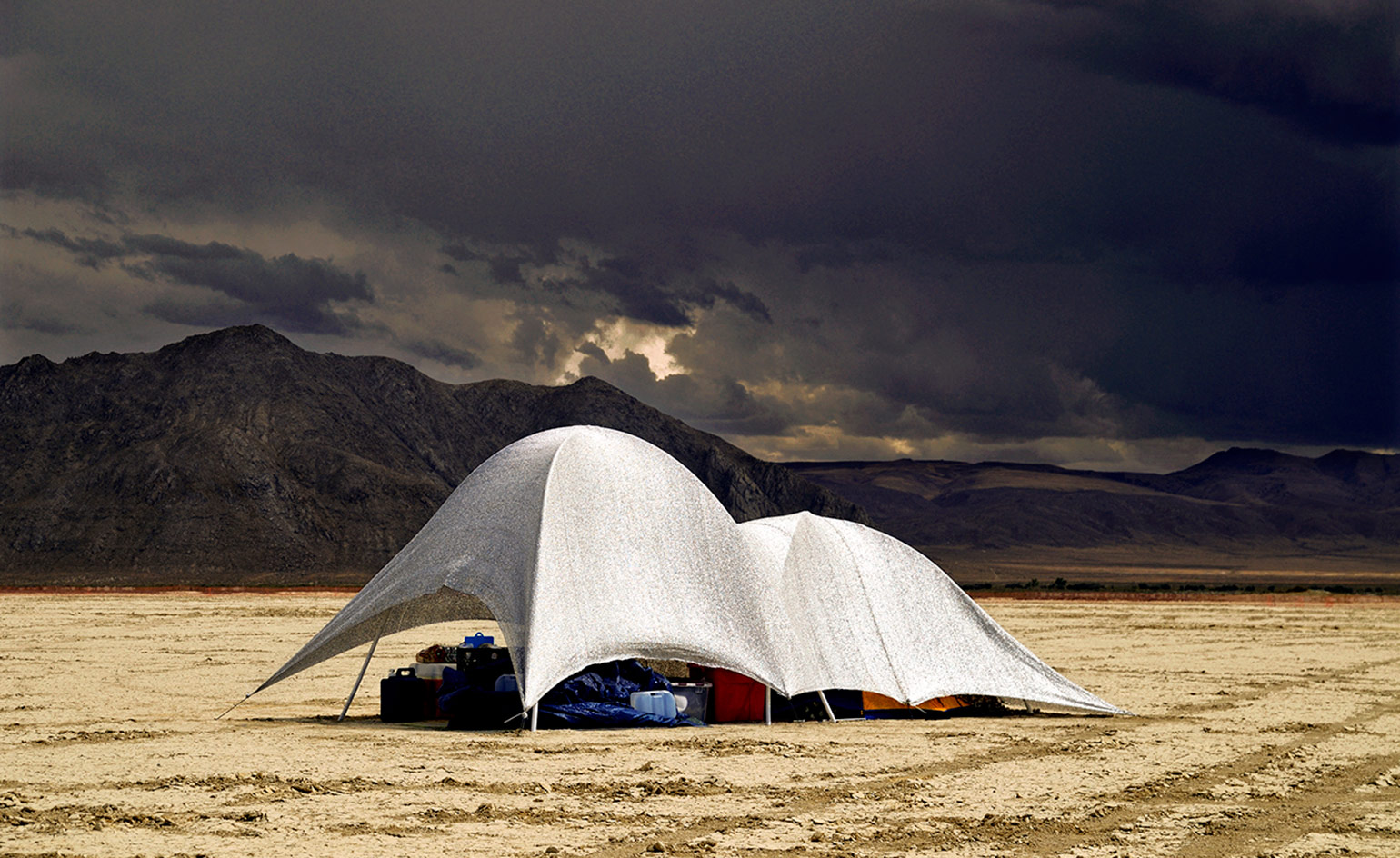
Aluminet tent at Burning Man festival in Nevada
INFORMATION
Black Rock City, NV The New Ephemeral Architecture of Burning Man, $34, published by Real Paper Books
Receive our daily digest of inspiration, escapism and design stories from around the world direct to your inbox.
Charlotte Jansen is a journalist and the author of two books on photography, Girl on Girl (2017) and Photography Now (2021). She is commissioning editor at Elephant magazine and has written on contemporary art and culture for The Guardian, the Financial Times, ELLE, the British Journal of Photography, Frieze and Artsy. Jansen is also presenter of Dior Talks podcast series, The Female Gaze.
-
 Year in Review: we’re always after innovations that interest us – here are ten of 2025’s best
Year in Review: we’re always after innovations that interest us – here are ten of 2025’s bestWe present ten pieces of tech that broke the mould in some way, from fresh takes on guitar design, new uses for old equipment and the world’s most retro smartwatch
-
 Art and culture editor Hannah Silver's top ten interviews of 2025
Art and culture editor Hannah Silver's top ten interviews of 2025Glitching, coding and painting: 2025 has been a bumper year for art and culture. Here, Art and culture editor Hannah Silver selects her favourite moments
-
 In Norway, remoteness becomes the new luxury
In Norway, remoteness becomes the new luxuryAcross islands and fjords, a new wave of design-led hideaways is elevating remoteness into a refined, elemental form of luxury
-
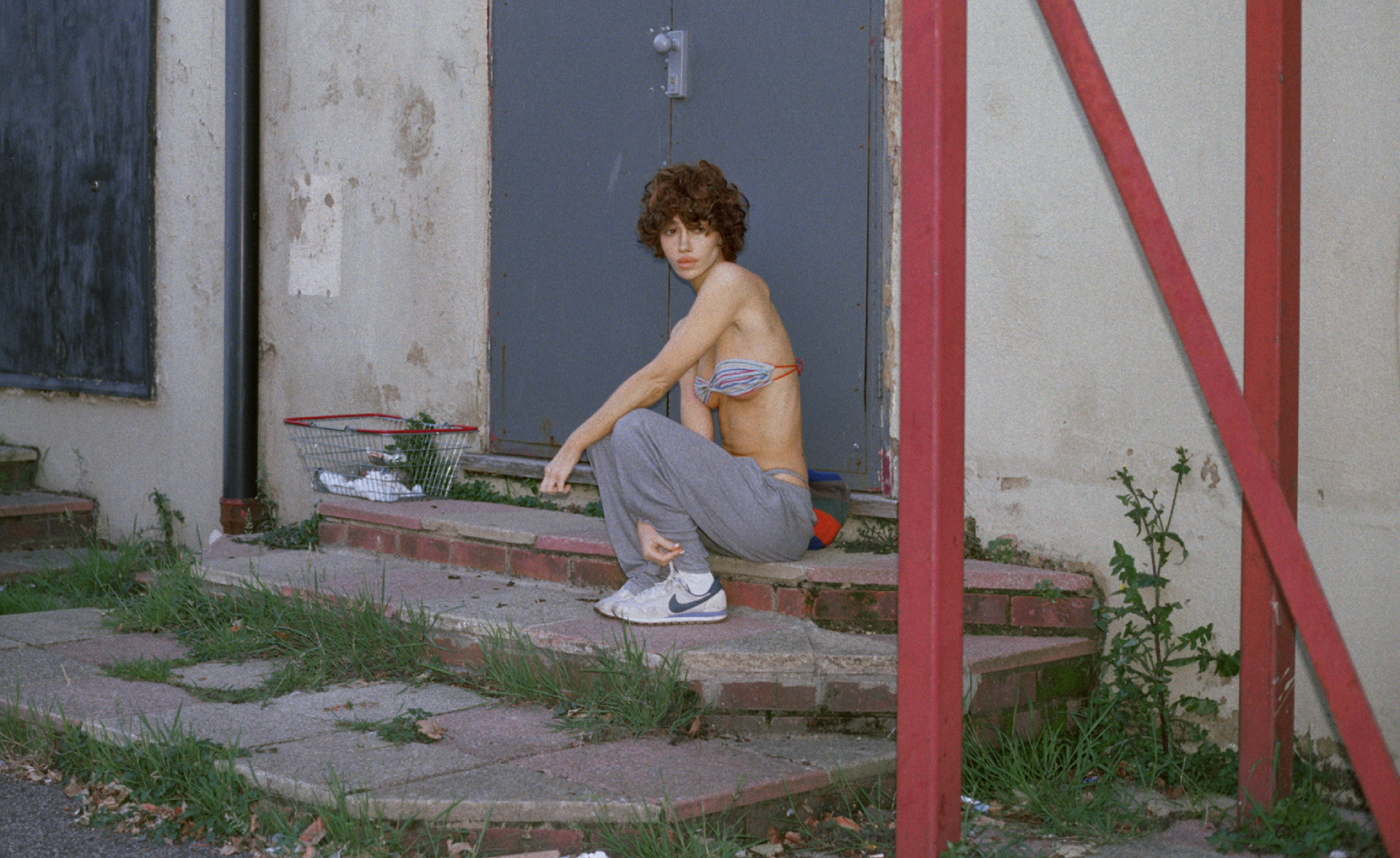 Nadia Lee Cohen distils a distant American memory into an unflinching new photo book
Nadia Lee Cohen distils a distant American memory into an unflinching new photo book‘Holy Ohio’ documents the British photographer and filmmaker’s personal journey as she reconnects with distant family and her earliest American memories
-
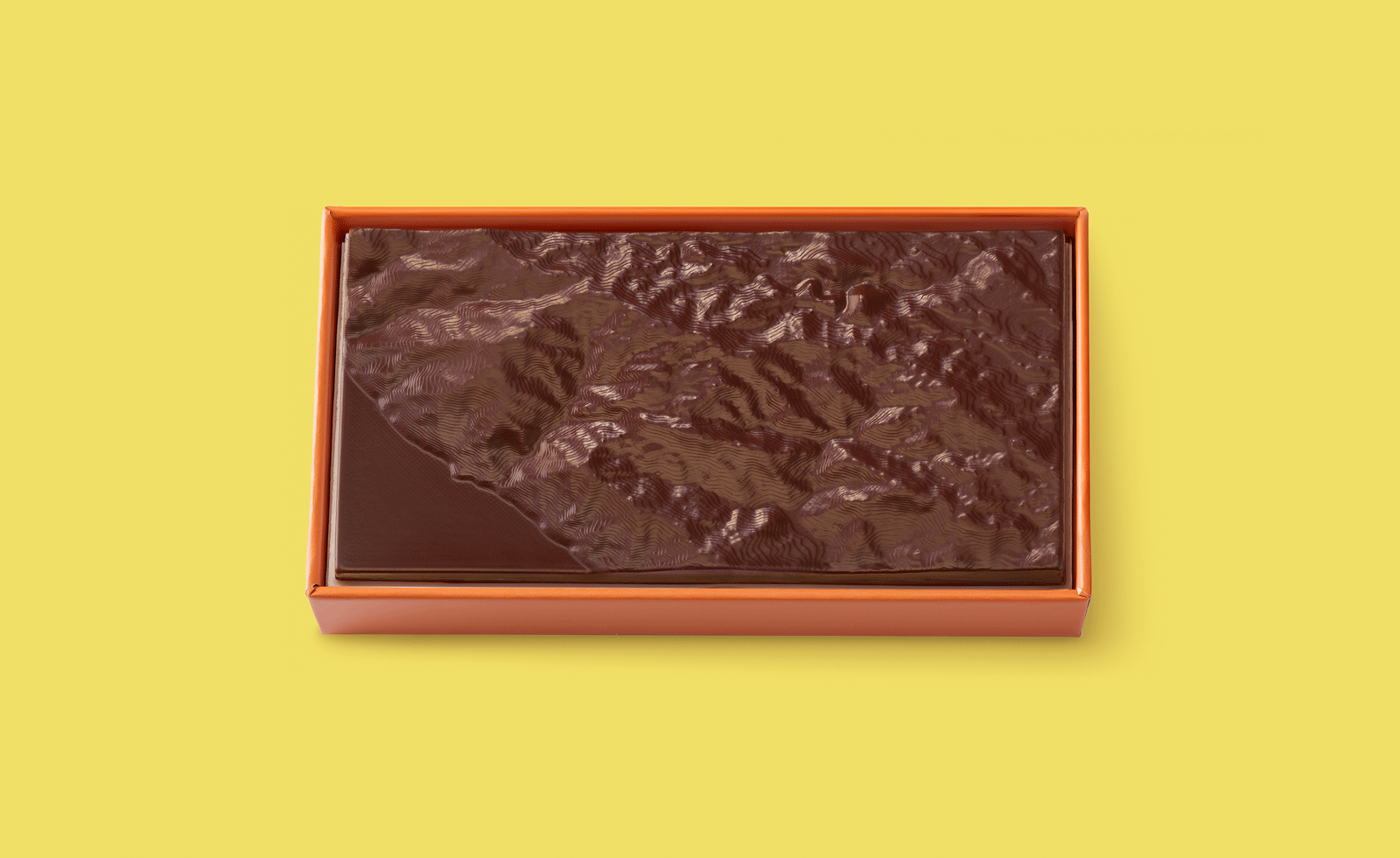 Ed Ruscha’s foray into chocolate is sweet, smart and very American
Ed Ruscha’s foray into chocolate is sweet, smart and very AmericanArt and chocolate combine deliciously in ‘Made in California’, a project from the artist with andSons Chocolatiers
-
 Jamel Shabazz’s photographs are a love letter to Prospect Park
Jamel Shabazz’s photographs are a love letter to Prospect ParkIn a new book, ‘Prospect Park: Photographs of a Brooklyn Oasis, 1980 to 2025’, Jamel Shabazz discovers a warmer side of human nature
-
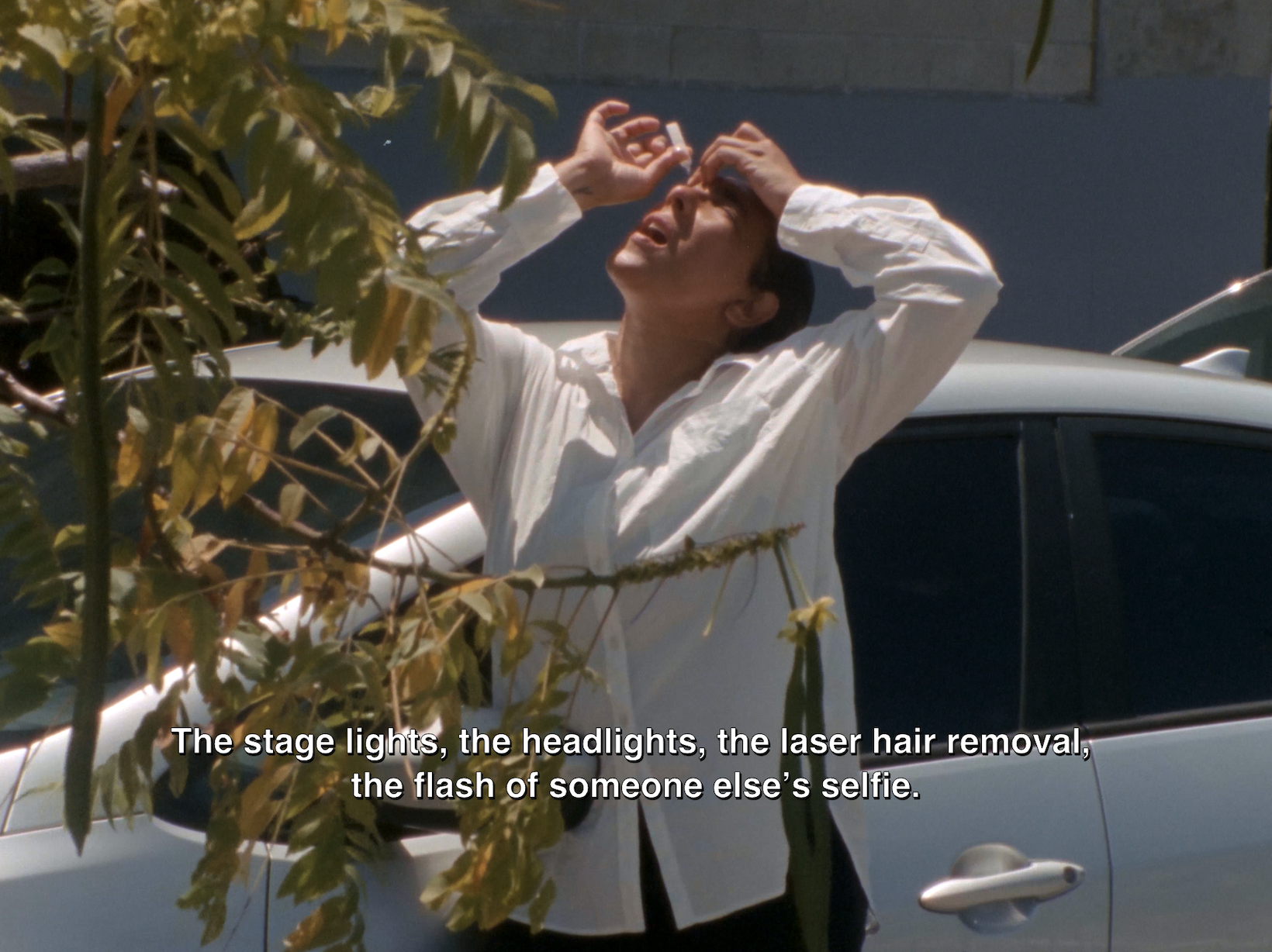 The Hammer Museum in Los Angeles launches the seventh iteration of its highly anticipated artist biennial
The Hammer Museum in Los Angeles launches the seventh iteration of its highly anticipated artist biennialOne of the gallery's flagship exhibitions, Made in LA showcases the breadth and depth of the city's contemporary art scene
-
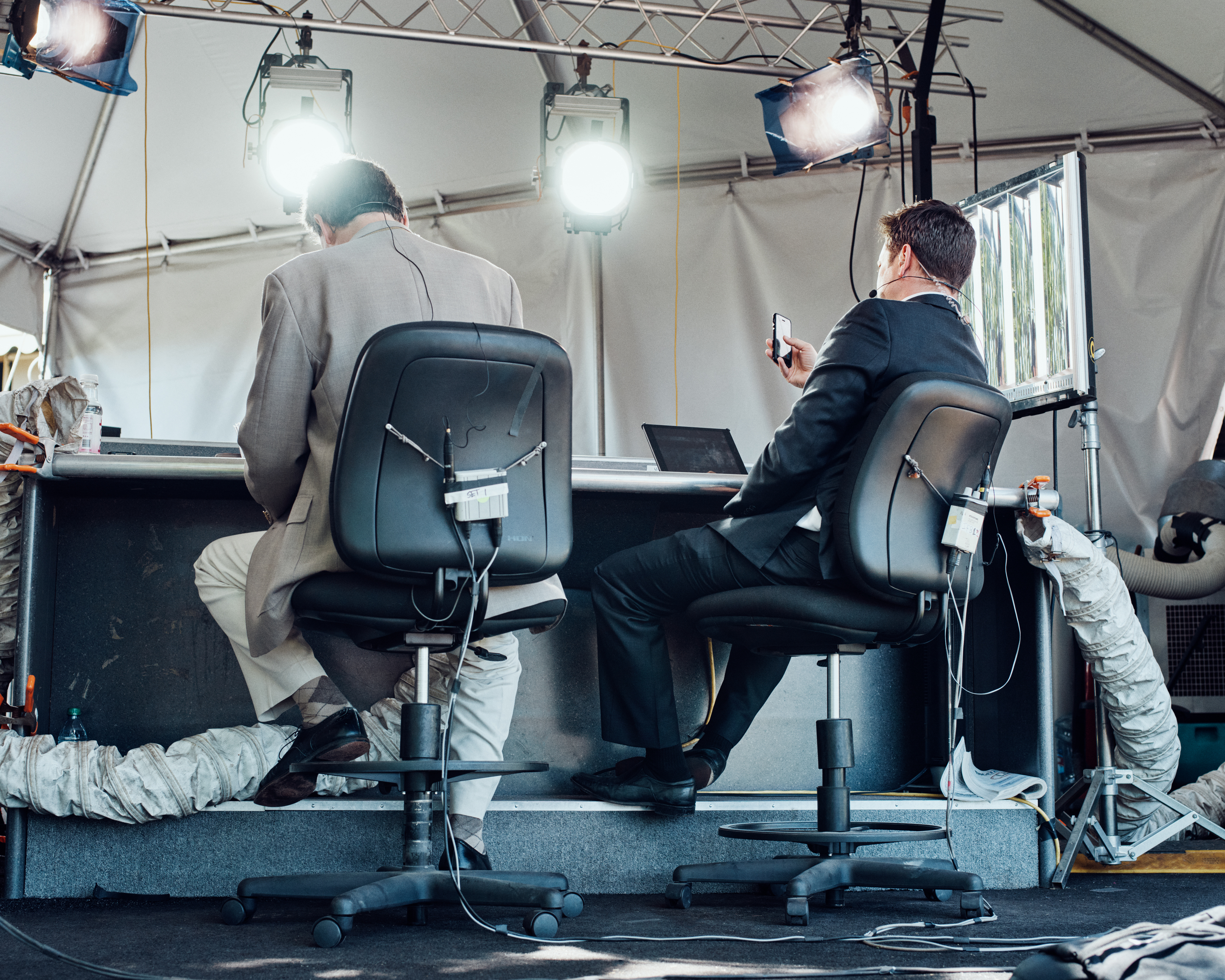 Thomas Prior’s photography captures the uncanny fragility of American life
Thomas Prior’s photography captures the uncanny fragility of American lifeA new book unites two decades of the photographer’s piercing, uneasy work
-
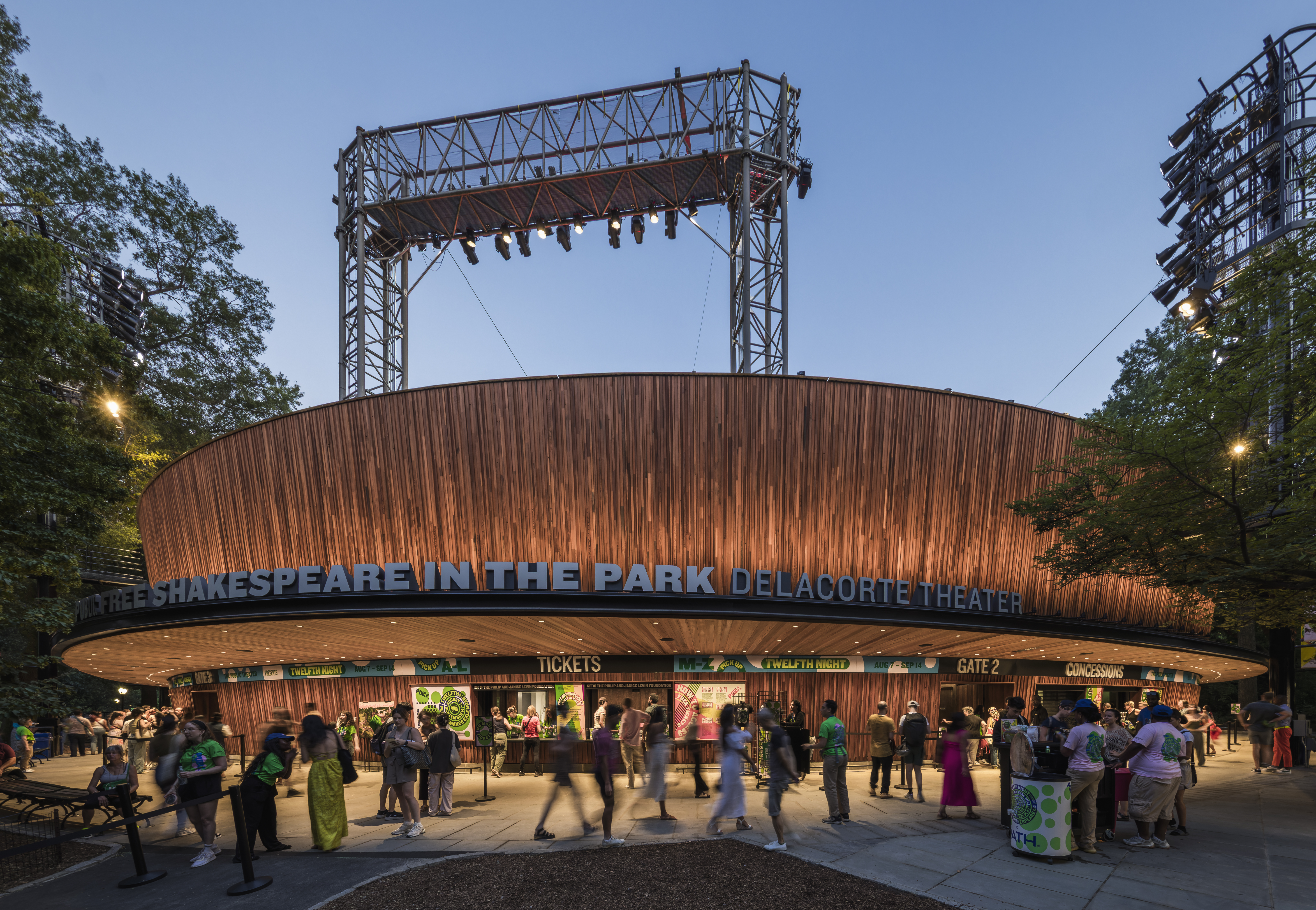 Central Park’s revitalised Delacorte Theater gears up for a new future
Central Park’s revitalised Delacorte Theater gears up for a new futureEnnead Architects helmed an ambitious renovation process that has given the New York City cultural landmark a vibrant and more accessible future
-
 Stephen Prina borrows from pop, classical and modern music: now MoMA pays tribute to his performance work
Stephen Prina borrows from pop, classical and modern music: now MoMA pays tribute to his performance work‘Stephen Prina: A Lick and a Promise’ recalls the artist, musician, and composer’s performances, and is presented throughout MoMA. Prina tells us more
-
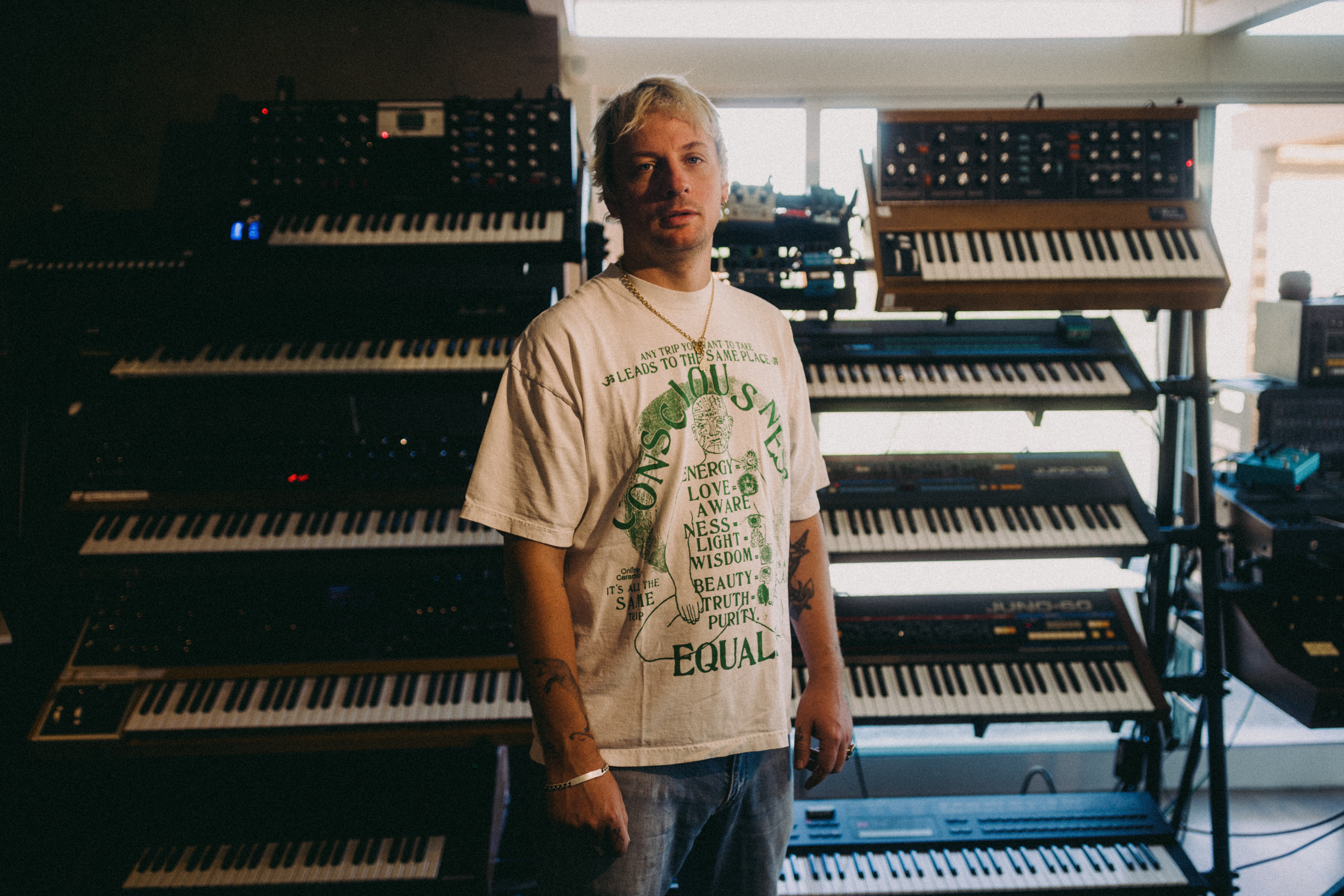 Curtains up, Kid Harpoon rethinks the sound of Broadway production ‘Art’
Curtains up, Kid Harpoon rethinks the sound of Broadway production ‘Art’He’s crafted hits with Harry Styles and Miley Cyrus; now songwriter and producer Kid Harpoon (aka Tom Hull) tells us about composing the music for the new, all-star Broadway revival of Yasmina Reza’s play ‘Art’